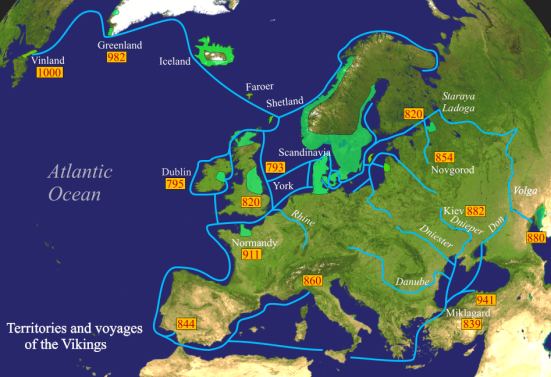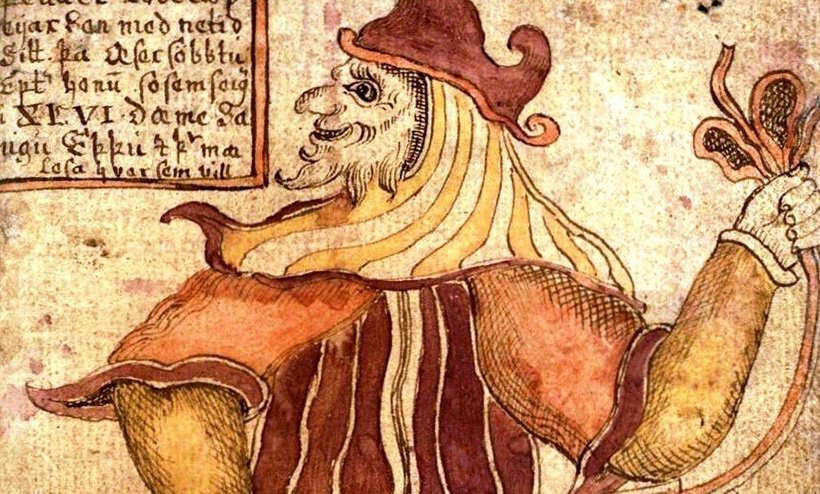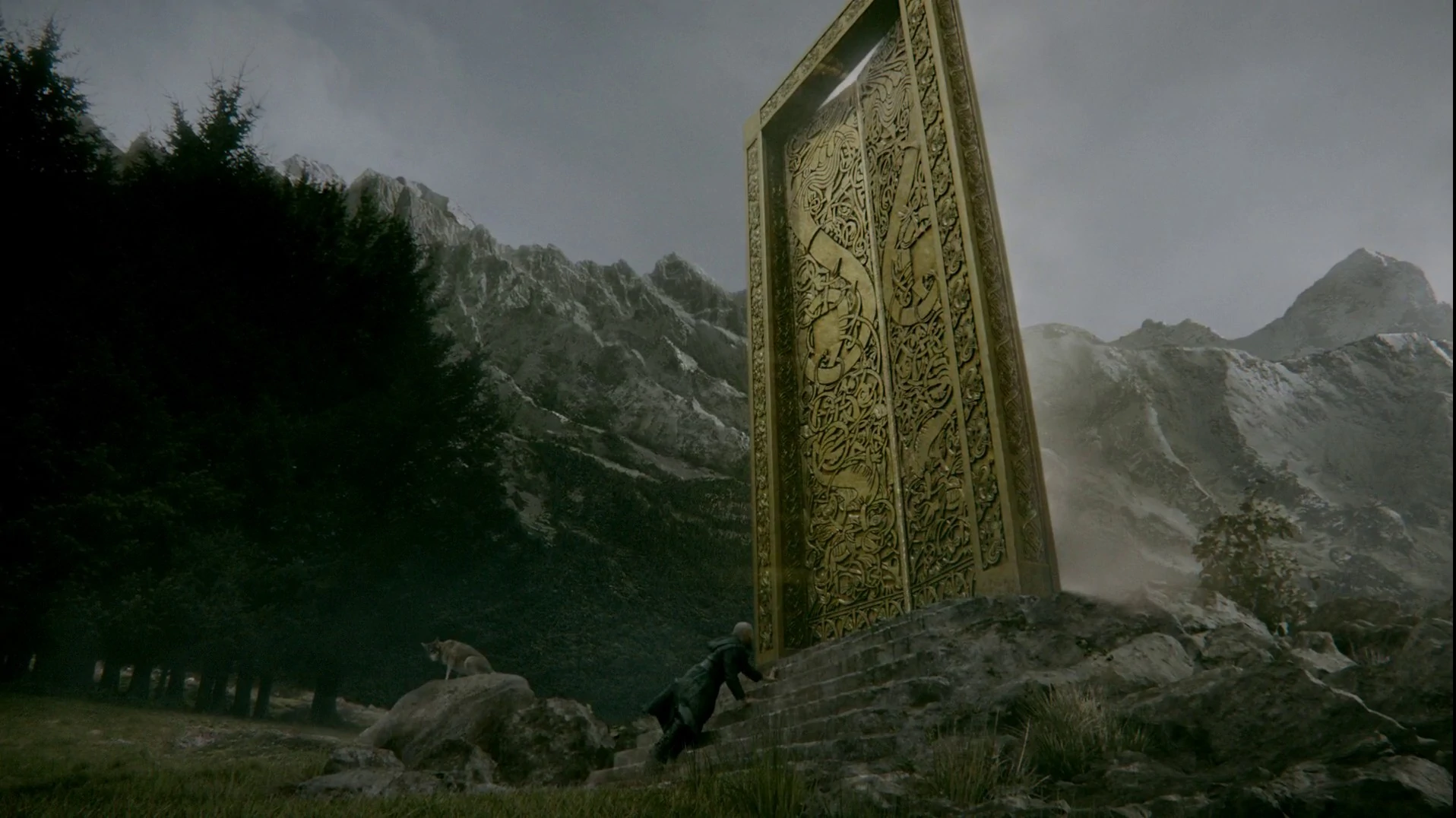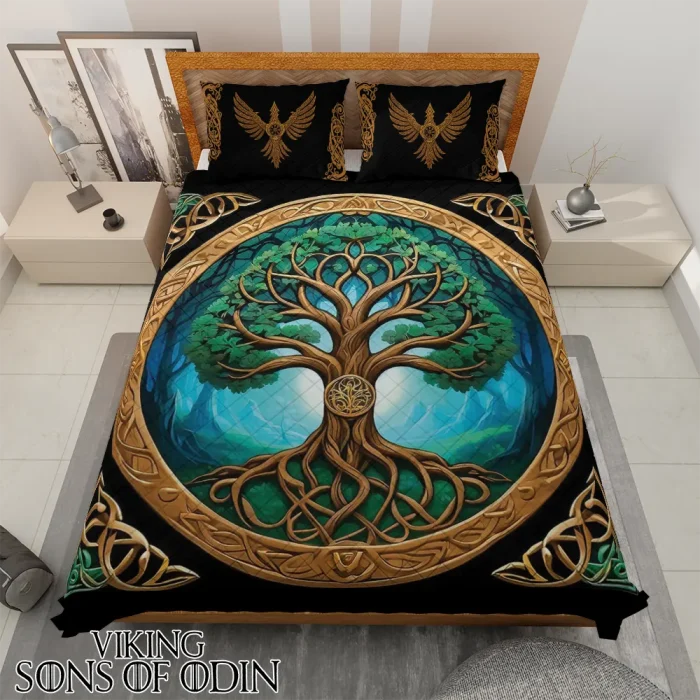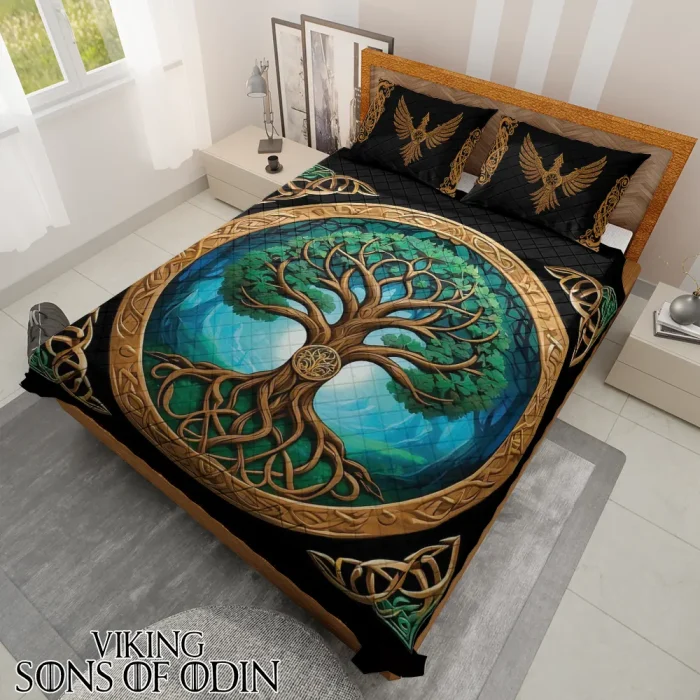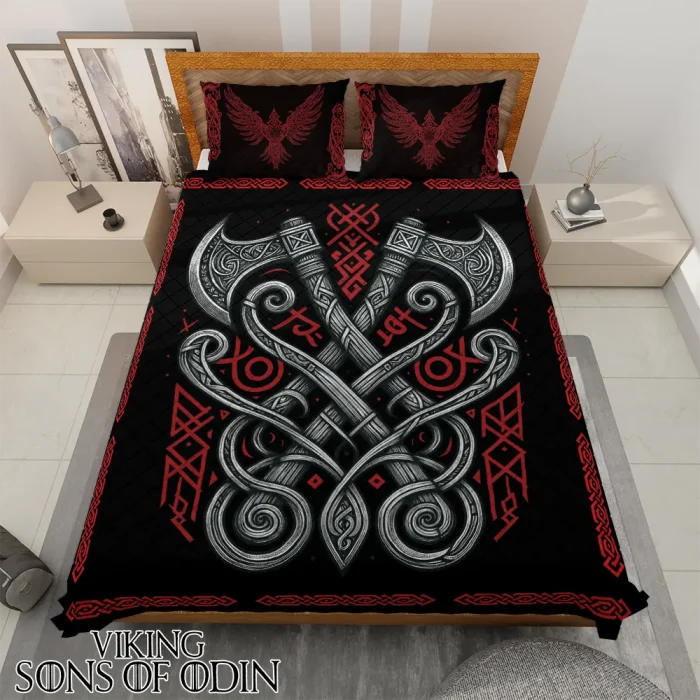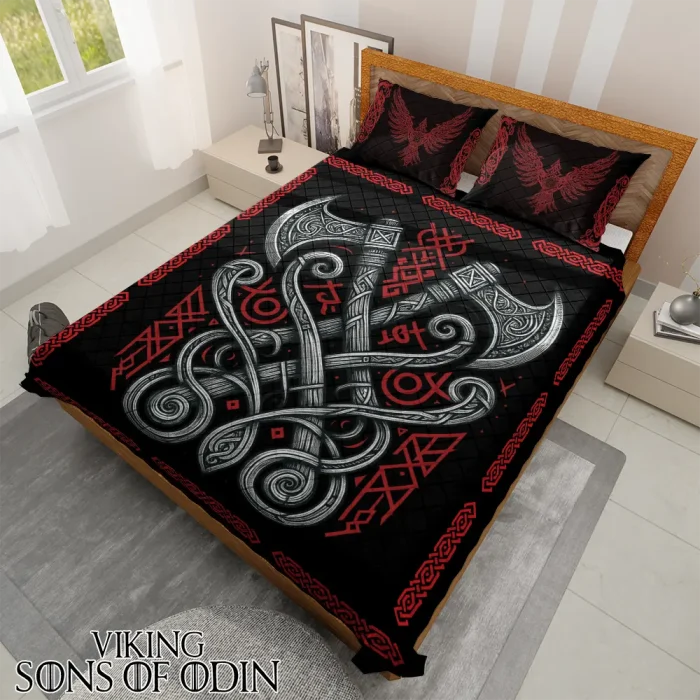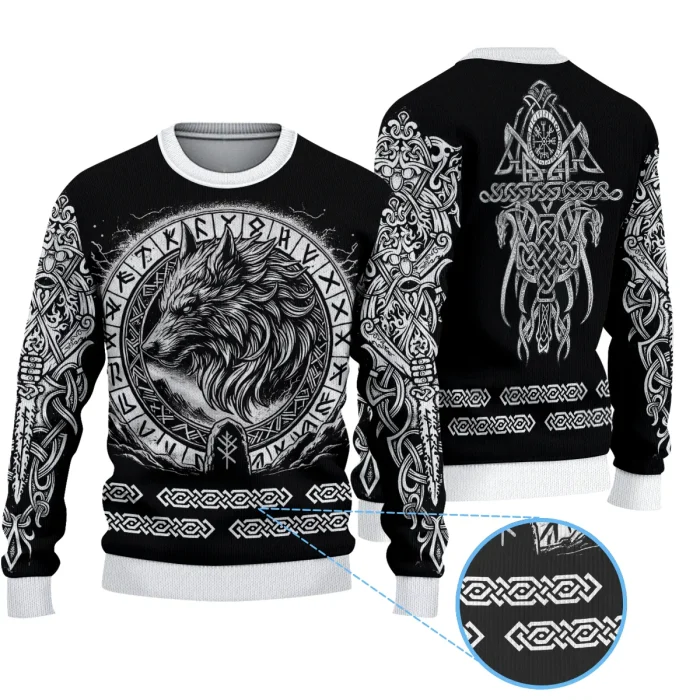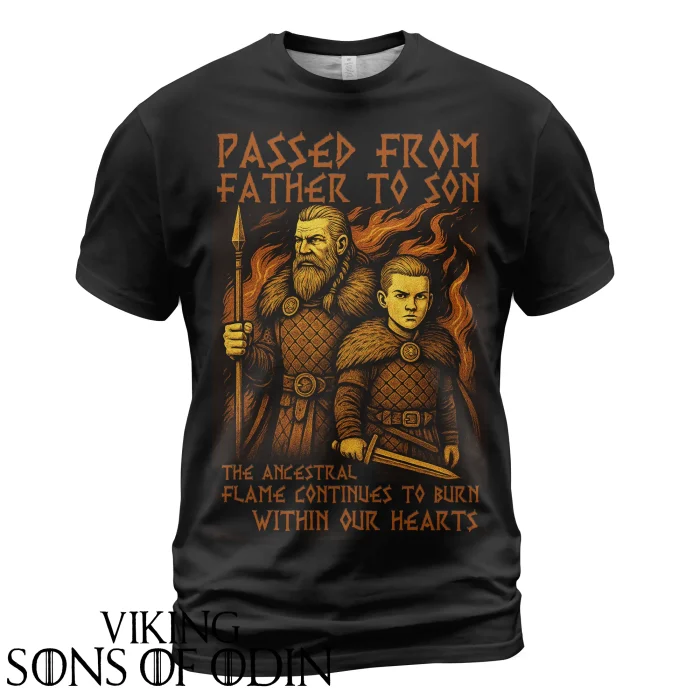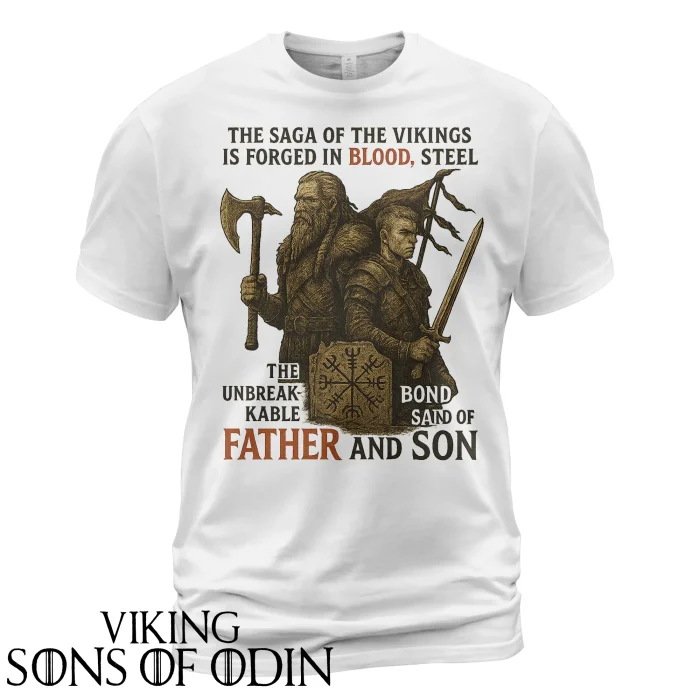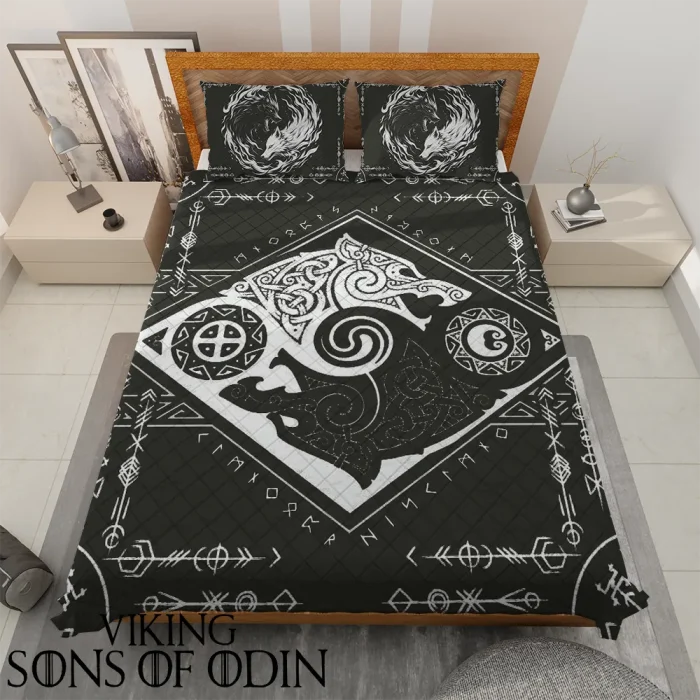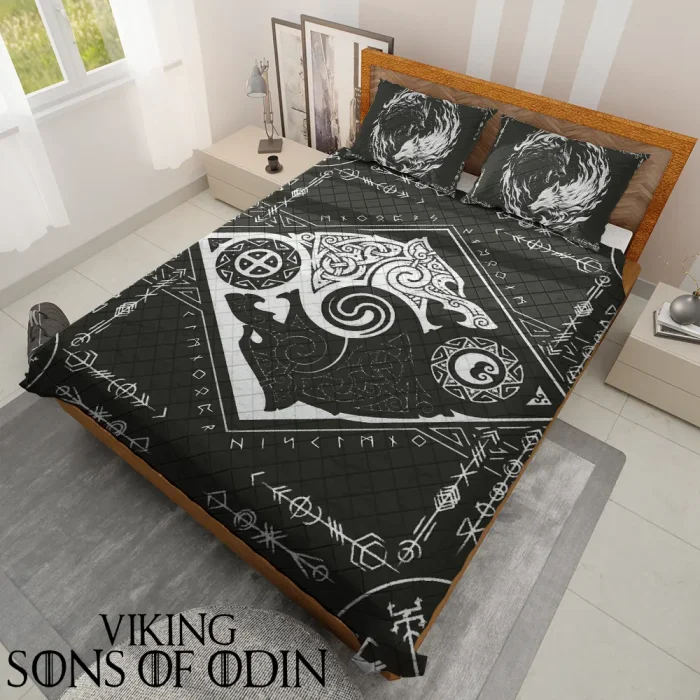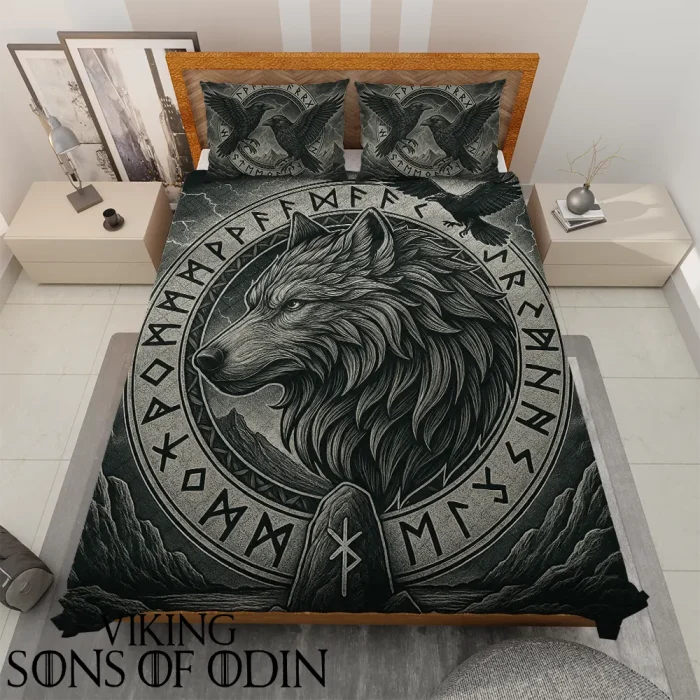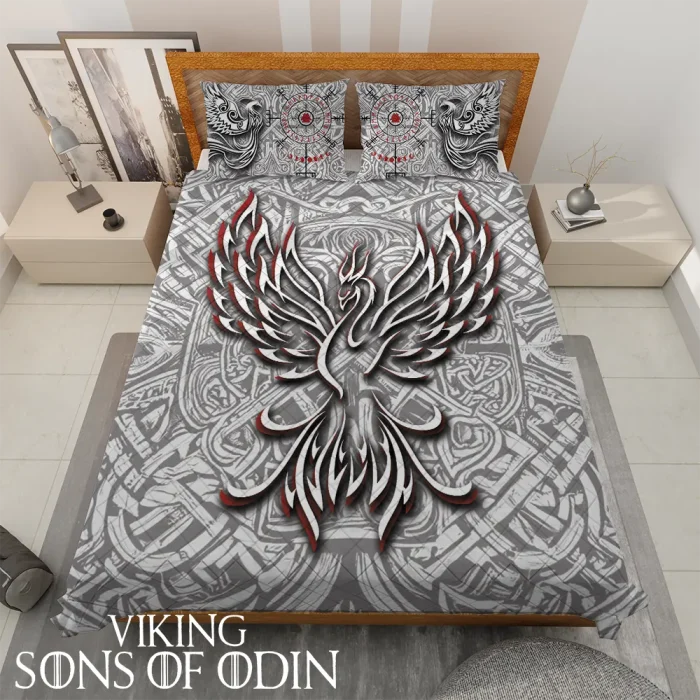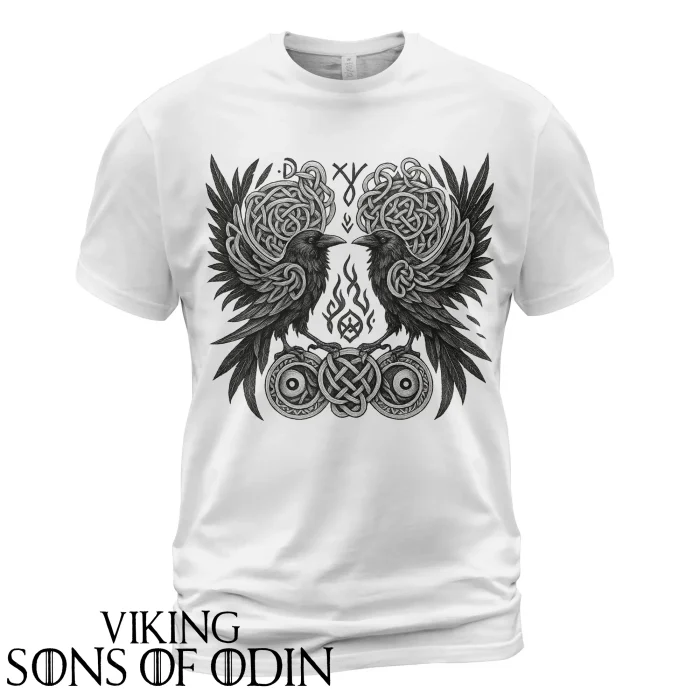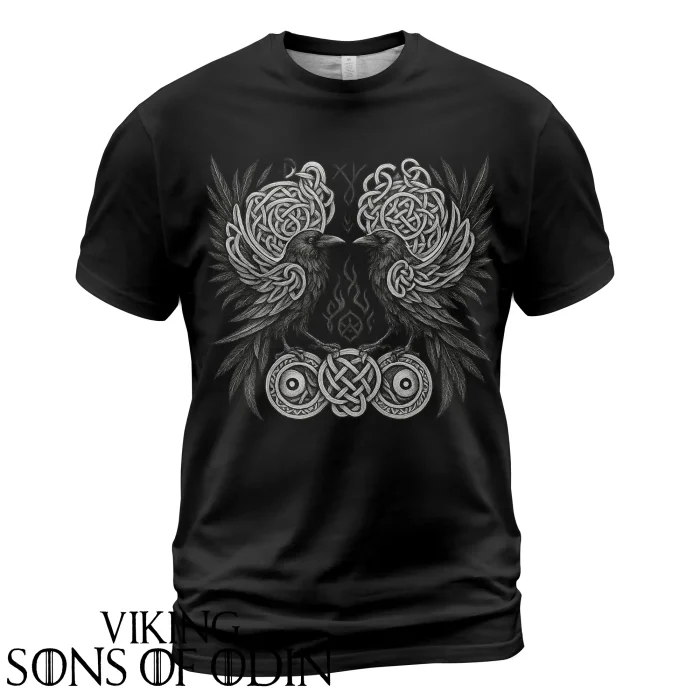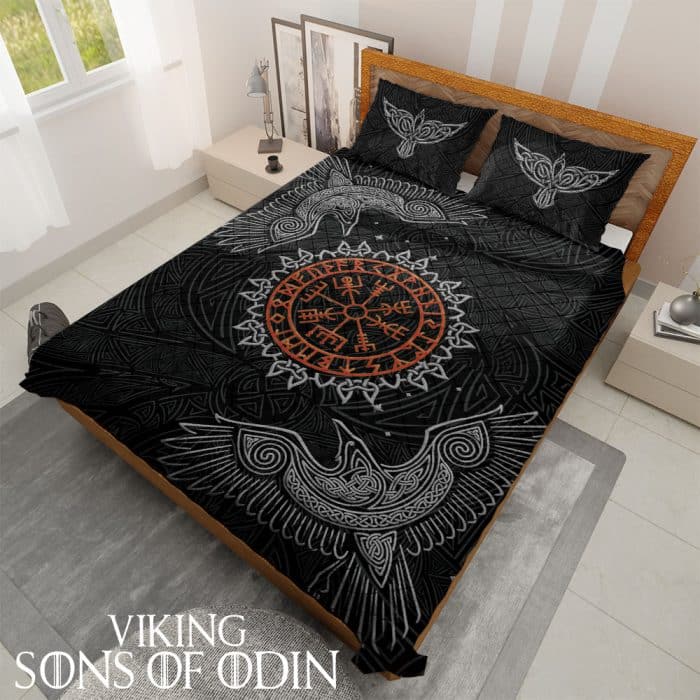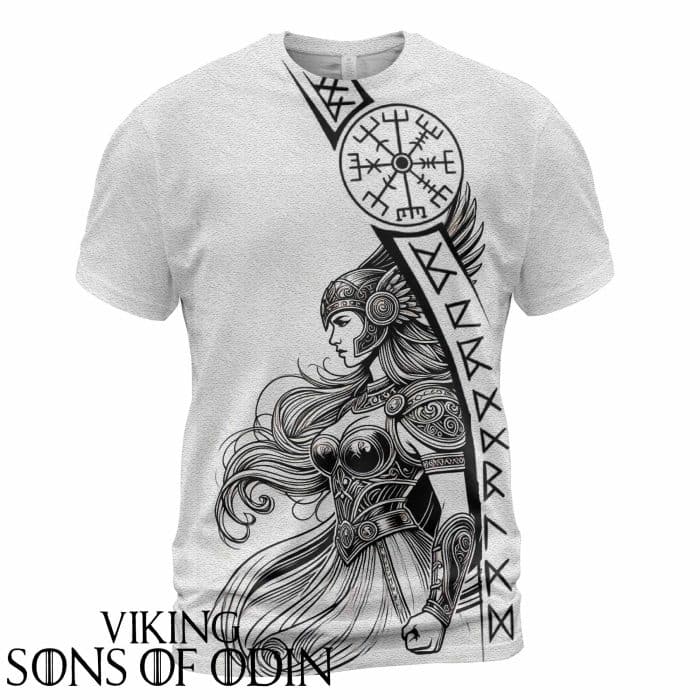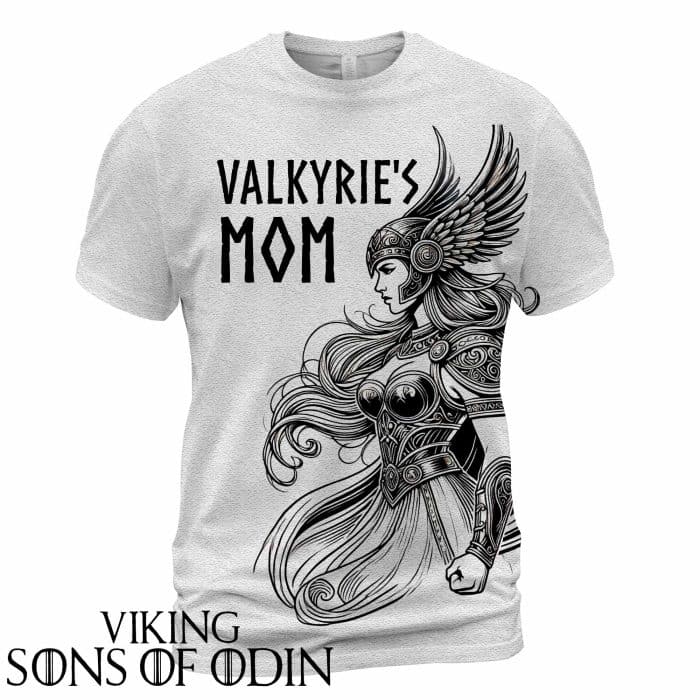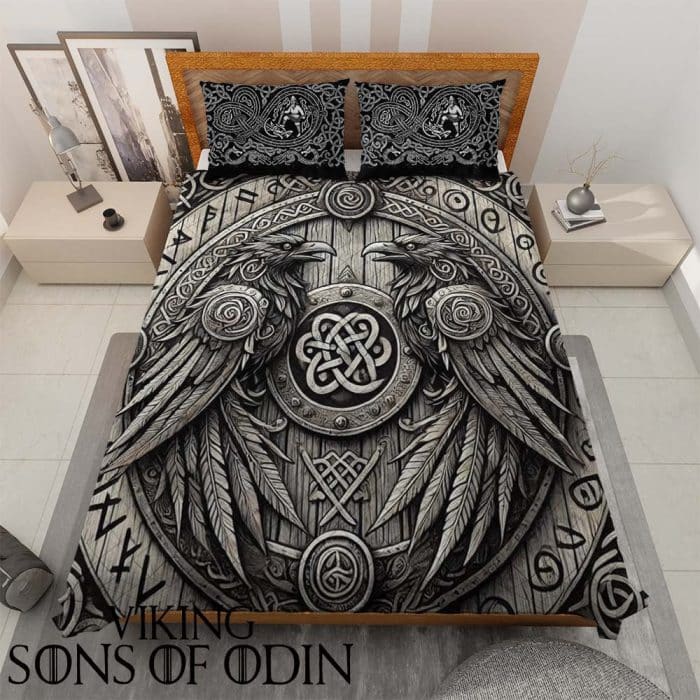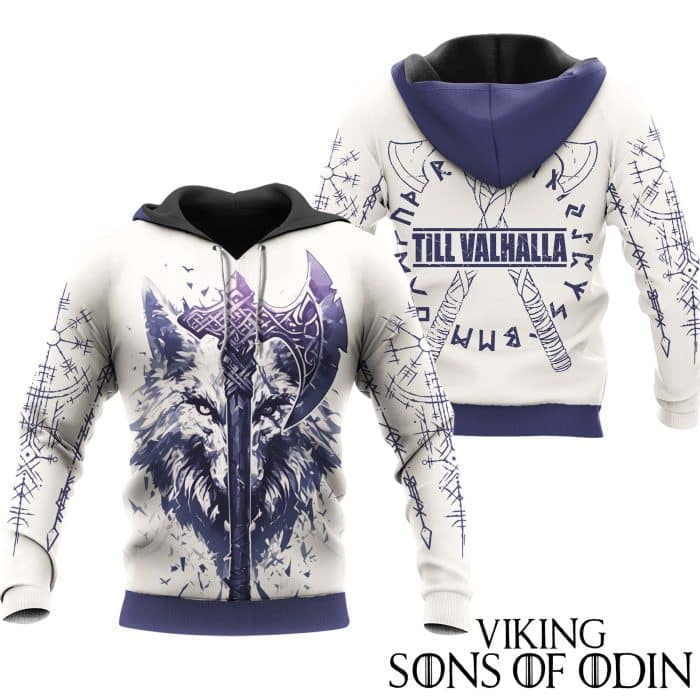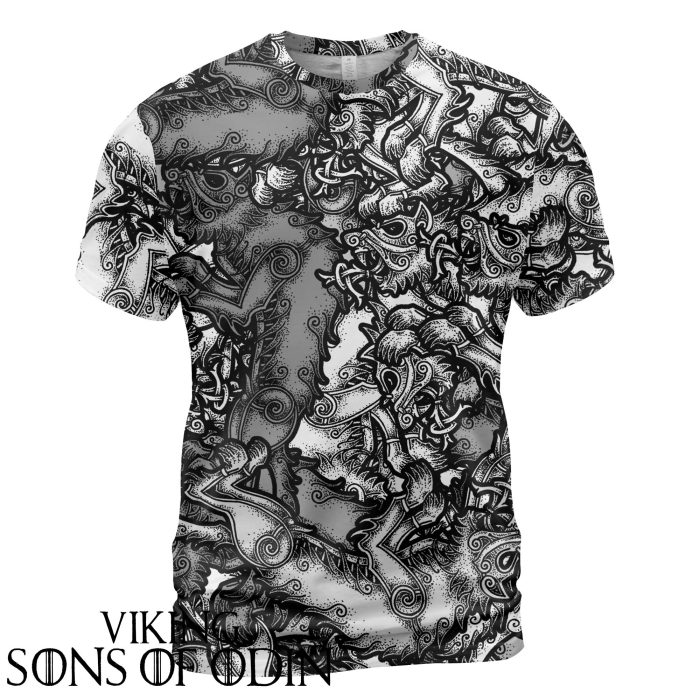Nordic Discovery, Viking
The Viking Age – Historical Studies Part 3
Today, the Vikings are more famous than ever. With TV shows like “Vikings” or “The Last Kingdom: The Ancient Norsemen” has given the next generation many new perspectives. There is, of course, a lot of material embedded in the programmes, where archeology and history work together. But who are these Vikings? Are they adventurers, farmers, merchants, or savages? Well, they are all of the above because the Vikings are a very organized people, rich in cultural traditions, made up of faith, tradition, warrior contingent and economic ambition. But remember that it is a diverse group of people living in a complex world.
Religion and Mythology
The ancient Norse records very little, so the official source for our reference to their spiritual beliefs comes from the legends of Iceland and the Eddas, an anthology of Old Norse poetry, compiled written by Christians and can only be trusted as “proof” to a certain extent. The most famous is the Prose Edda, written by a 13th-century Christian, the Icelandic politician Snorri Sturluson.
The Old Norse pagan religion was a collection of gods and goddesses, similar to the Greek Olympians, headed by the king of Asgard, Odin, and queen Frigga. They are stories about a land inhabited by mystical beings such as elves, dwarves, giants, and demons. They have heroes, warriors who slay giant snakes, and their stories also include the World Tree (Yggdrasil) and mysterious runes.
But everything changed when Catholicism merged with the old polytheistic religion and eventually persisted to this day. The first Scandinavian king to be converted was Harald Klak, a Danish exile (baptized in 826 AD). And one of the most important turning points in Scandinavian Christianization was the conversion of Danish king Harald Bluetooth in the 960s.
Viking’s Further And The Belief Of The Northers In The Next Life
The Vikings believed in the afterlife, and their ritual practices can be referenced through archeological sources and ancient texts. One of the most famous manuscripts depicting a Viking funeral is found in the writings of Ahmad Ibn Fadlan, a member of the Abbasid emissaries (also known as the Great Diet, the Second Muslim dynasty) 3 of the Arabs) was sent to Volga Bulgaria (also known as Volga – Kama Bulgar, existed from the 7th to 13th centuries, now the European part of Russia). He wrote about the sacrifice of a slave girl in a particularly important burial of a Viking chieftain. But this kind of ritual is really rare. More commonly, the Vikings believed it was possible to carry their possessions into the afterlife, so they buried important objects with their deceased.
The Vikings also believed that warriors who fell in battle would gain access to Valhalla, a huge castle located in Asgard that belonged to Odin (it is said that the souls of the dead Viking warriors would be led by the Valkyries. led into Valhalla). There, fallen warriors will be fed and fought until Ragnarok Judgment Day. Therefore, it was necessary that the dead Viking warriors be equipped with helmets and weapons as they were alive to prepare for the journey to and from Valhalla. In addition to Valhalla, other “dead” realms include Folkvangr (for the warriors), Helgafjell (for the well-lived), and Helheim (for the cowardly).
The Vikings believed that if the dead were not respected, they could return as a “draugr” (a modern zombie-like form) to haunt the living. These undead can cause many troubles to life, including crop failure, defeat in war and disease. If a “draugr” was suspected of causing harm, the Vikings would excavate the recently deceased and look for signs of body activity. Once a specific “draugr” is identified, they will bury the body with more important items, assuming that person is a respected person in life. In addition, a wooden stake was used to pin the body to the ground and cut off its head so that it would not return to destroy it.
Legends are also rife with stories of people receiving dream warnings from the dead, the dead groaning in the grave mounds, or haunting their old homes. During the first millennium, human bones were sometimes buried in homes, including infants buried in hearths. Burying the body of the dead under the threshold or in the basements of the house, or burying the dead in the house when they leave, is very meaningful to their lives.
The Vikings’ Ancestors and Their Legacy
The Viking Ages can be considered relatively short, but their influence on future generations is significant. They influenced modern English, with words like “ransack”, “window”, “market”, “outlaw”, “outlaw”. husband” and “honeymoon”…; the Irish included chicken in the diet, as they discovered in China during their expeditions; barter items through trade with Persia, the Byzantine Empire, and Asia. Over the next several centuries, and to this day, Scandinavian influence can be seen in literature, crafts, décor, and cuisine on cultures outside Scandinavia.
As science today advances and DNA traces become more and more common, many people living in the UK and Ireland are researching their ancestral origins and trying to determine the genetic code of the Vikings. There is also a quick way to determine whether a family may be of Viking origin, that if the family’s last name ends with the suffix “-son” or “–sen”, then most likely the ancestor Their origin is from the Scandinavian Peninsula in Viking times.
Today, the Vikings’ legacy lives on forever amid the allure of TV shows that portray them as conquerors, farmers and explorers, and their DNA!
By: Riley Winters – Ancient Origins

